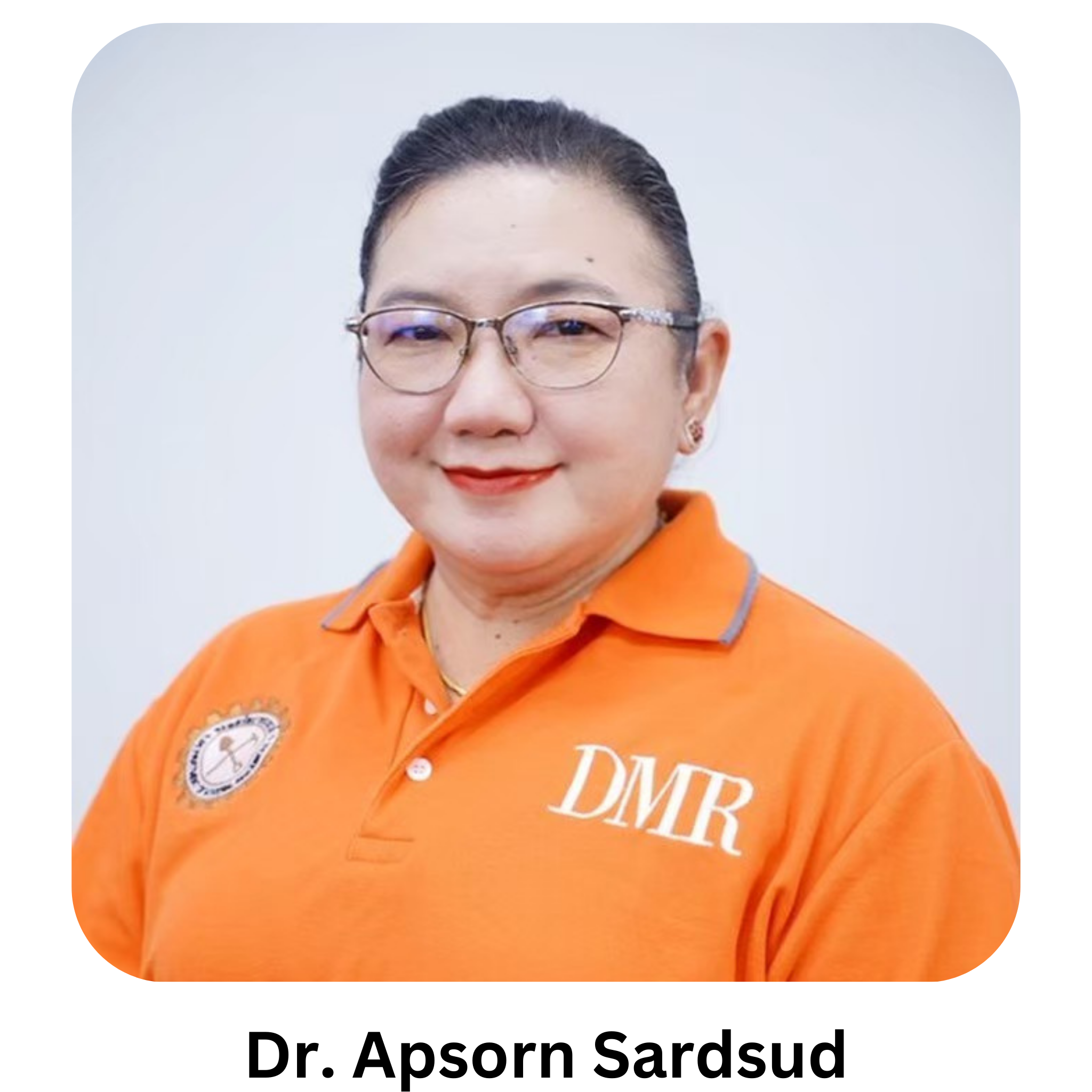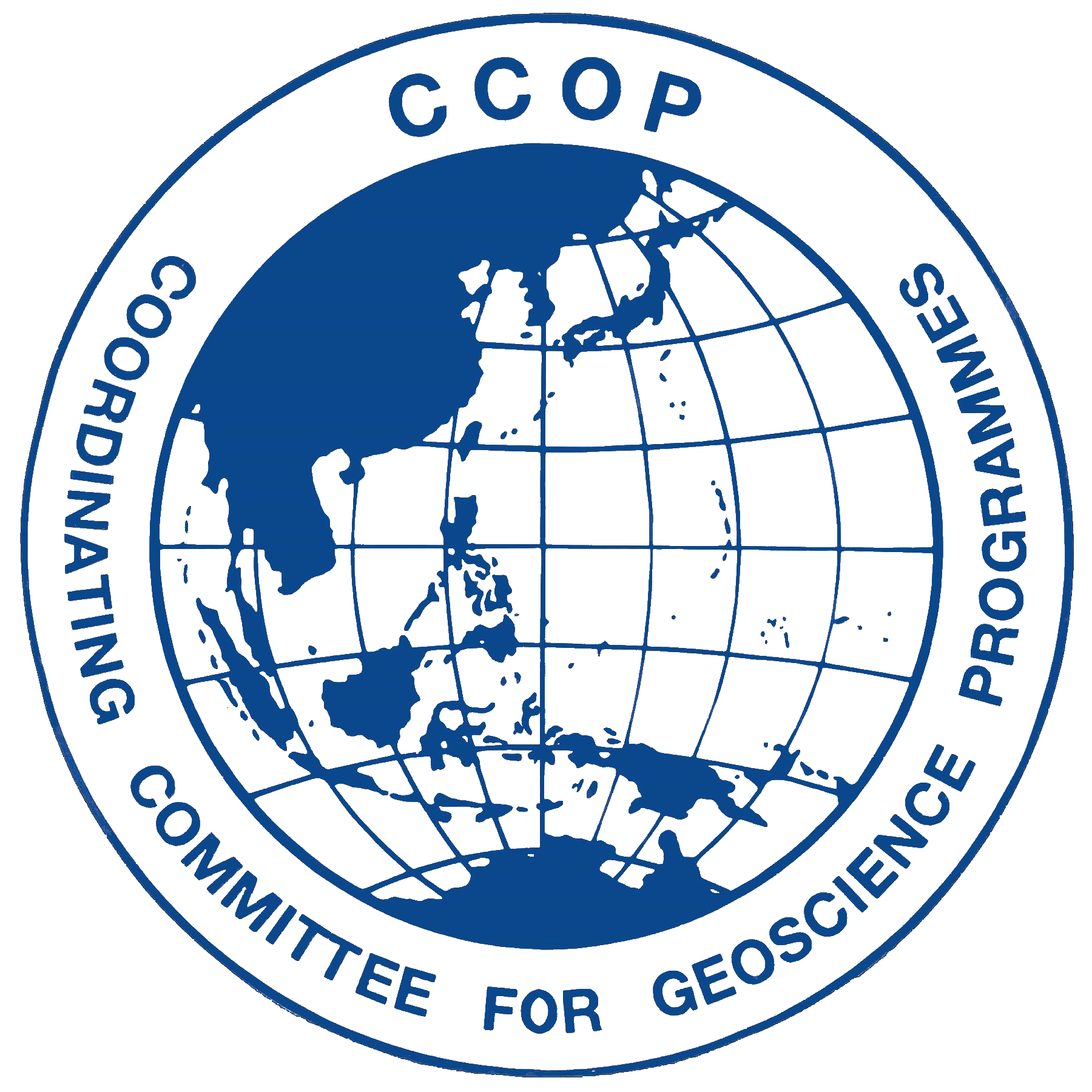Possible sources of elevated arsenic in surface and ground water, Amphoe Banrai, Changwat Uthai Thani, Thailand
Keywords:
Arsenic, Banrai, geochemical exploration, sources, risk area, water samplingAbstract
This study is cooperation between the Division of Mineral Resources Analysis and Identification, Department of Mineral Resources and the Uthai Thani Provincial Public Health Office to help and verify elevated arsenic level at Tambol Nongjok/Nongbomklouy, Amphoe Banrai, Changwat Uthai Thani because the elevated arsenic level may pose health risk to local residents. Geochemical techniques were employed by collecting water and stream/lake sediments, and analyzing for arsenic covering the target and adjacent areas. A total of 371 water samples were compiled. Assay results of 281 surface water samples range from <2–2,713 ppb, average 97 ppb; and of 90 groundwater samples range from <2–505 ppb, average 47 ppb. Integrated spatialstudies of these water assays with geography, water flow pattern and arsenopyrite mineralization outline 2 tiers of risk areas. Tier 1 arsenic assays ≥300 ppb, covers 2 areas in south of Ban Thapfaimai and at Wat Nongmaitai, Tambol Nongjok and Tier 2 arsenic assay ≥100 ppb, encompasses 14 villages in Tambol Nongjok/Nongbomkluay Changwat Uthai Thani; Tambol Wangkan Changwat Suphanburi and Tambol Sukduenha Changwat Chainat. A total of 88 stream/lake sediments samples were compiled. Assay results range from <5–167 ppm, average 31 ppm. A group of high assays (75-167 ppm) are close to the expired tin-tungsten mining licenses at Ban Nongyaingern, Tambol Wangkan. Other high assays (≥50 ppm) are contained within the Tier 2 area. These findings indicate that water sampling is a more practical approach than sediment sampling in order to outline the arsenic risk areas and may identify the point sources. Four possible arsenic sources were identified: (1) Khao Koktungkung, (2) west of Ban Putakien (3) Wat Nongmaitai and (4) west of Ban Nongmaikean where it was later found altered granite with quartz veins and disseminated arsenic rich sulfide minerals at an under-construction water reservoir.
References
Department of Disease Control. (2019). Disease Caused by Arsenic or Its Toxic Compound. http://envocc.ddc.moph.go.th/contents/view/187 (in Thai)
Hazardous Waste Test Methods. (2019). Hazardous Waste Test Methods / SW-846. https://www.epa.gov/hw-sw846
Jariyawat, P. (1996). Tin Deposit in Central Thailand, in Economic Geology Division Meeting Year 1996, Department of Mineral Resources, Bangkok, p.132-143 (in Thai).
Pollution Control Department of Thailand. (2020). Standard for Arsenic in Drinking Water.http://www.pcd.go.th/info_serv/reg_std_water01.html#s3 (in Thai)
Pollution Control Department of Thailand. (2020). Standard for Arsenic in Surface Water. http://www.pcd.go.th/info_serv/reg_std_water05.html#s3 (in Thai)
Pollution Control Department of Thailand. (2020). Standard for Arsenic in Ground Water. http://www.pcd.go.th/info_serv/reg_std_water 03.html (in Thai)
Pollution Control Department of Thailand. (2020). Standard for Arsenic in Agricultural Soil.http://www.pcd.go.th/info_serv/reg_std_soil01.html (in Thai)
Premmanee, J. (2019a). Study on Possible Sources of Arsenic Distribution in Uthai Thani province, Department of Mineral Resources, Bangkok, 79p. (in Thai)
Premmanee, J. (2019b). Arsenic and Cadmium: Under the DMR Hazardous Elements Project, in Geothai 2562, at The Berkley Hotel Pratunam, Bangkok, 16-17 September 2019, p. 3-5.
Standard Methods For the Examination of Water and Wastewater. (2017). 3113 Metals by Electrothermal Atomic Absorption Spectrometry. https://www.standardmethods.org/doi/10.2105/SMWW.2882.045
World Health Organization. (2020). Arsenic. https://www.who.int/news-room/fact-sheets/ detail/arsenic
Downloads
Published
How to Cite
License
Copyright (c) 2024 Thai Geoscience Journal

This work is licensed under a Creative Commons Attribution-NonCommercial-NoDerivatives 4.0 International License.








